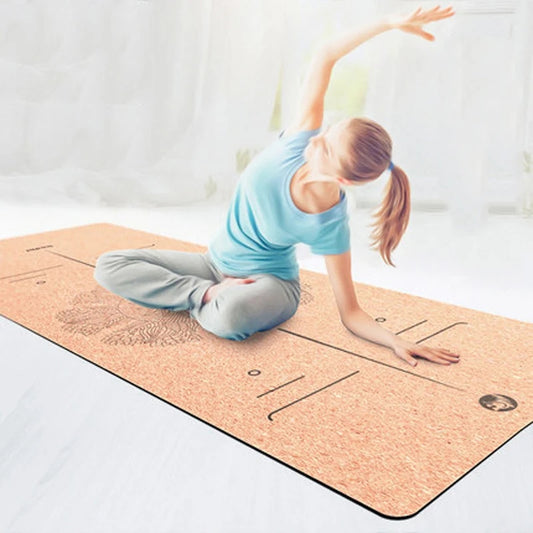The Movements of Life in Yoga refer to the fundamental principles and dynamics that underlie all aspects of life, both on and off the yoga mat. These movements are often reflected in the physical practice (asanas), breath work (pranayama), and meditation practices of yoga. While interpretations may vary, the core movements of life in yoga typically include:
-
Expansion and Contraction: This movement represents the natural rhythm of life, where energy expands and contracts, breath flows in and out, and the body experiences movement and stillness. In yoga, practitioners explore this movement through expansive postures (such as backbends and opening poses) and contracting poses (such as forward folds and twists).
-
Inhalation and Exhalation: Breathing is central to yoga practice, and the movement of breath mirrors the ebb and flow of life itself. Inhalation signifies inspiration, expansion, and receiving energy, while exhalation represents release, surrender, and letting go of what no longer serves.
-
Flexion and Extension: Flexion refers to the bending or contracting of muscles and joints, while extension involves the lengthening and opening of the body. Yoga postures incorporate both flexion and extension to promote balance, strength, and flexibility in the body.
-
Stability and Mobility: These movements represent the balance between grounding and fluidity in both physical and mental realms. Stability provides a foundation for movement and growth, while mobility allows for exploration, adaptation, and transformation.
-
Integration and Disintegration: Yoga seeks to integrate body, mind, and spirit, fostering a sense of wholeness and interconnectedness. At the same time, it acknowledges the impermanent nature of existence and the process of disintegration or letting go of attachments and egoic identifications.
By embodying these movements of life in yoga practice, practitioners cultivate mindfulness, presence, and harmony with the natural flow of existence, both on and off the mat.




















